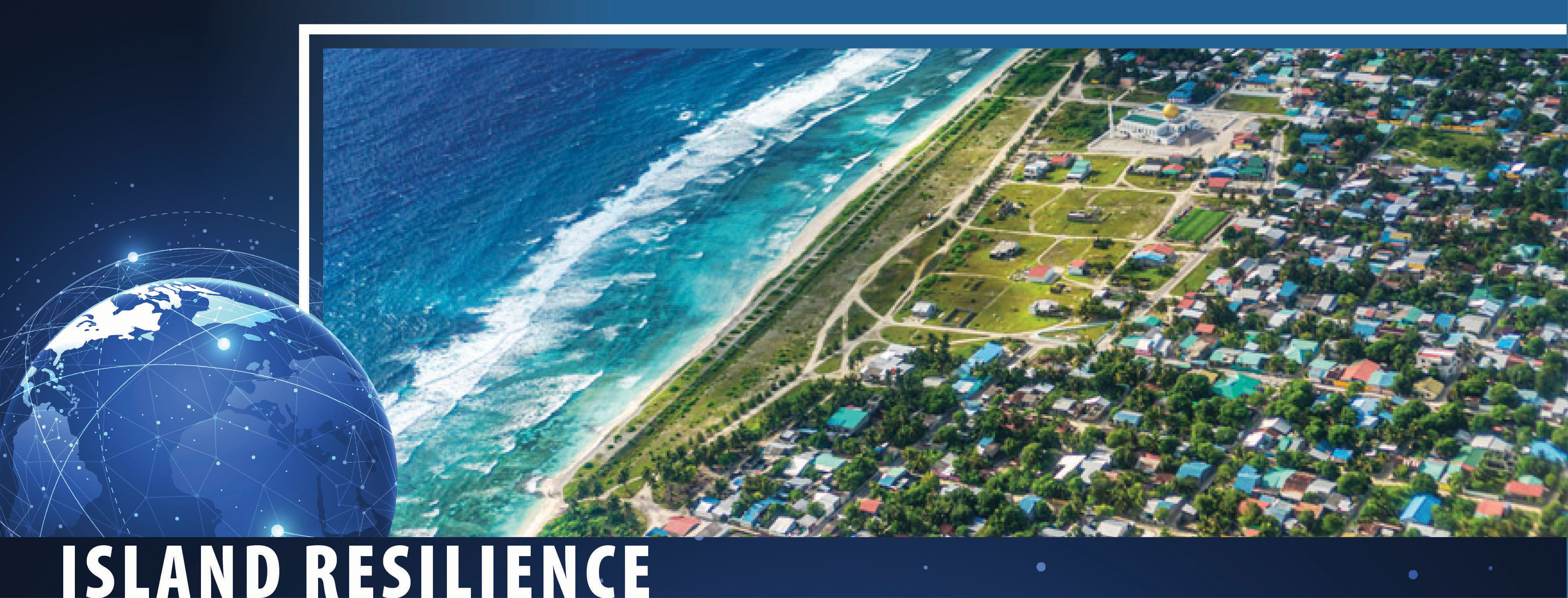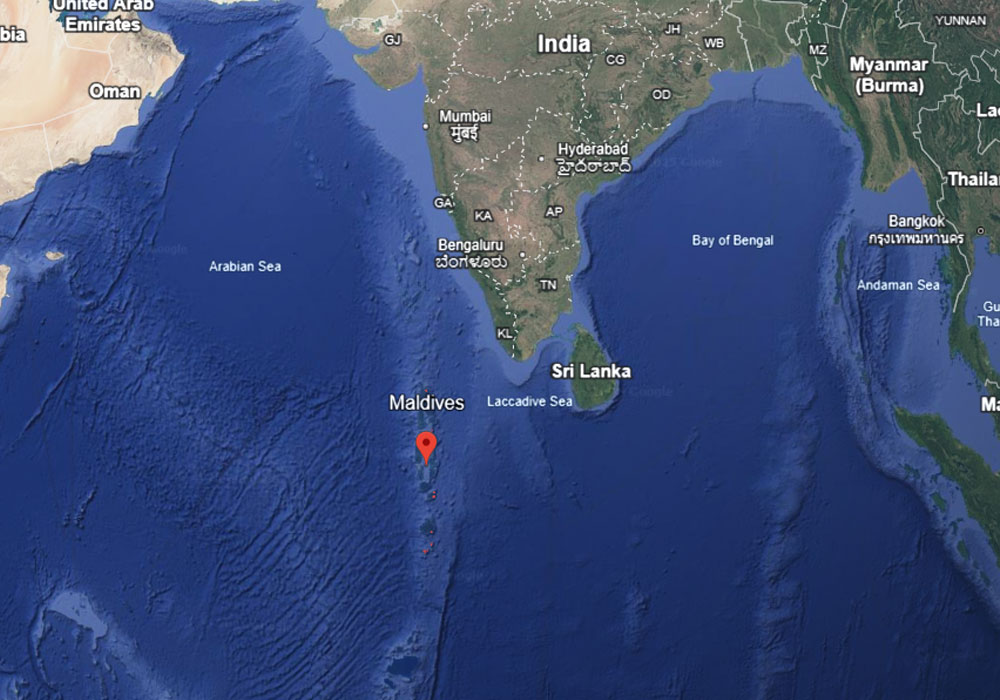Global Perspectives
How Geography Shapes Small Island Developing States

This Global Perspectives blog series draws from a curated collection of over 75 influential urban planning journals published worldwide, meticulously compiled to foster global communication and enrich collaborative planning discourse. By highlighting groundbreaking research, innovative methodologies, and case studies from diverse contexts — spanning each continent — these posts aim to facilitate knowledge transfer, explore cutting-edge developments, and share contextually relevant solutions that address shared urban challenges and shape the future of planning practice.
Small Island Developing States (SIDS) are characterized by remoteness, isolated geography, and vulnerability to natural hazards, setting them apart from mainland countries in their development trajectories. These factors, including underdeveloped transportation systems and limited social infrastructure, result in higher costs for maintaining social stability and increase dependence on international trade.
Why Global Integration is Necessary
Small Island Developing States (SIDS) face a development "vicious circle" due to their small domestic markets, with populations ranging from 10,000 to 10 million, which limit local demand. Scarce natural resources, such as minerals, forests, and freshwater, make local economies vulnerable, relying heavily on marine resources, tourism, or agriculture. High fixed costs for infrastructure and public services, combined with a small amortization base, exacerbate these challenges.
For instance, the cost of providing public services is disproportionately high due to the small scale, making domestic consumption insufficient to drive economic growth. Global integration is therefore essential to unlock regional development potential, as it allows SIDS to access larger markets and resources.
Strategies for Global Integration
In "Internationalization of Small Island Developing Economies (SIDS): International Strategies and Indicators," Fifaliana Henintsoa Rasolofomanana and Laurent Didier highlight several strategies to improve global integration — strategies that are critical for planners.
Political independence enables SIDS to conduct bilateral negotiations and develop models aligned with their comparative advantages. For example, the Maldives has leveraged its independence to pursue a high-end tourism strategy, negotiating directly with international partners.
In contrast, affiliated territories often lack an independent international image, limiting their ability to position themselves in global markets.

Maldives (Google Earth Image © 2025)
In "Size and Distance, Deep Determinants of the Sovereignty of Small Island and Coastal Economies," Michaël Goujon's analysis of 104 countries and districts suggests that larger populations and greater distances from sovereign states contribute to independence, as the higher costs for metropolitan powers to provide services, such as transportation and communication, enhance local capacity.
Infrastructure plays a critical role in overcoming geographical barriers. In SIDS, ports alone are insufficient; free trade zones and port hubs are essential to generate synergies and address scale limitations.
The World Bank has supported resilient transport projects in 20 SIDS.
- The Enhanced Road Access Project in Samoa (2013–2022) upgraded more than 16 kilometers of primary roads with high climate resilience, benefiting the entire population.
- The Pacific Climate Resilient Transport Program, covering the Federated States of Micronesia, Kiribati, Samoa, Tonga, Tuvalu, and Vanuatu, aims to improve over 140 kilometers of roads and six maritime sites by 2028, benefiting 380,000 people. These projects enhance connectivity and support enterprise internationalization while also creating employment opportunities.
Ensuring an adequate talent supply is essential for sustainable development. Rasolofomanana and Didier recommend increasing investment in education and implementing strategies to retain skilled workers. Réunion, for example, revised its SRDEII to emphasize a knowledge-connectivity strategy that includes high-quality training programs designed to attract talent and prevent brain drain, ultimately safeguarding the future of young people.
Niche Industry Positioning
SIDS can leverage their unique strengths to position themselves within niche industries by developing specialized economic sectors based on local assets.
The Maldives offers a prime example of niche industry positioning through its "one island, one resort" model, which attracts high-end tourists. Since launching in 1972 with just two resorts, the country has expanded to more than 130, with continuous growth in tourist arrivals, reaching 1.7 million in 2019. Key source markets include China, India, and Italy.
This model is supported by the Maldives' natural assets, such as world-class diving sites, and by ecotourism initiatives like coral reimplantation, led by Reefscapers since 2001. Tourism now generates significant revenue, accounting for approximately 21 percent of the country's GDP.
Tuvalu earns approximately $10 million annually from its ".tv" domain, while Anguilla's ".ai" domain has attracted artificial intelligence businesses, demonstrating how SIDS can capitalize on digital assets.
The Caribbean has emerged as a global leader in digital currencies, helping to overcome banking exclusion. Notably, the Marshall Islands is positioning itself as a hub for decentralized autonomous organizations (DAOs), becoming the first country to legally recognize them.
In 2018, the Seychelles launched a sovereign blue bond, mobilizing $15 million for sustainable ocean projects. This initiative promotes economic growth and job creation while preserving marine ecosystems. It aligns with the strategic value of SIDS's large exclusive economic zones (EEZs), which average 28 times the size of their land area and offer significant opportunities in fisheries and marine tourism.
These niche industries help SIDS diversify their economies, reduce dependency on imports, and enhance resilience to external shocks.
KEY TAKEAWAYS
For planners responsible for SIDS or similar regions, the following strategies are actionable:
- Infrastructure Modernization: Invest in digital and transportation networks to connect remote areas to regional economic centers. Examples include Samoa's road upgrades and the Pacific Climate Resilient Transport Program, enhancing climate resilience and connectivity.
- Niche Industry Positioning: Develop specialized sectors based on local assets, such as tourism in the Maldives, digital industries in Tuvalu and Anguilla, and blue economy initiatives like Seychelles' blue bond.
- Sovereignty-Preserving Support: Design assistance programs that enhance local autonomy, such as those outlined in the SAMOA Pathway, and leverage regional organizations like CARICOM for cooperative frameworks.
These strategies, supported by case studies and international frameworks, provide a roadmap for planners to support SIDS in achieving sustainable development and global integration.
Federal Sovereignty-Preserving Support
Goujon's study offers historical insights into political independence, emphasizing the enduring influence of colonial legacies. For example, New Caledonia's 2022 referendum boycott and French Polynesia's 2023 election outcomes illustrate how sovereignty remains contested.
The study finds that larger populations and greater distances from sovereign states contribute to independence, as the higher costs for metropolitan powers to provide services enhance local capacity. French territories tend to exhibit lower levels of sovereignty compared to British or American territories, suggesting that administrative and cultural interventions significantly shape political outcomes.
International support frameworks, such as the Barbados Programme of Action (BPoA, 1994), the Mauritius Strategy (2005), and the SAMOA Pathway (2014), offer models for sovereignty-preserving assistance. The SAMOA Pathway emphasizes sustainable economic growth, climate change mitigation, biodiversity protection, and human health, while respecting the autonomy of SIDS.
Regional organizations such as the Caribbean Community (CARICOM), the Pacific Islands Forum (PIF), and the Indian Ocean Commission (IOC) provide platforms for cooperation, enabling collective action without compromising sovereignty.
Related Research
- "Internationalization of Small Island Developing Economies (SIDS): International Strategies and Indicators," (Regional and Urban Economic Review, 2025), Fifaliana Henintsoa Rasolofomanana and Laurent Didier.
- "Size and Distance, Profound Determinants of the Sovereignty of Small Island and Coastal Economies," (Regional and Urban Economic Review, 2025) Michaël Goujon.
- "How Innovation Can Shape a New Type of Development in Small Island Developing States" (Journal of International Affairs, 2022) Riad Meddeb.
Top image: iStock/Getty Images Plus/ graphixel
ABOUT THE AUTHOR


